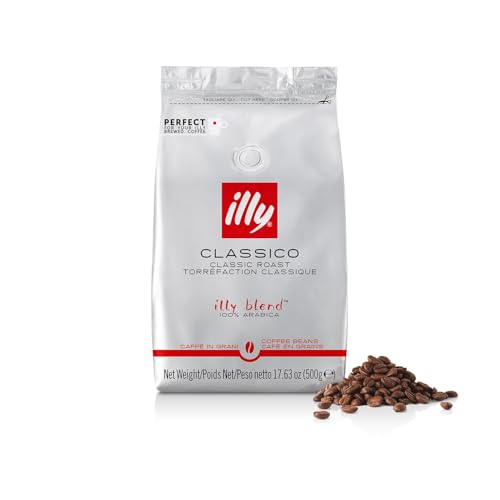When it comes to brewing great coffee at home, most people think of grind size, water temperature, and brew time. But have you ever considered the physical characteristics of the beans themselves specifically their size and density? These often-overlooked factors can significantly impact how your coffee tastes and how consistently it brews.
Why Size and Density Matter
Coffee beans aren’t all created equal. The size and density of a coffee bean are influenced by variables such as altitude, varietal, and processing method. Typically, beans grown at higher altitudes tend to be smaller and denser. This density indicates a slower-growing bean with concentrated flavors a trait highly valued in specialty coffee.
Denser beans often roast more evenly and respond better to certain brew methods. For instance, espresso and pour-over tend to benefit from high-density beans that allow for more nuanced flavor extraction. On the other hand, lower-density beans (often grown at lower altitudes) may roast faster and require more attention to avoid bitterness or underdevelopment.
read more: Why Backlit Displays Matter in Coffee Scales
Roasting and Grinding Considerations
The density of a bean affects how it absorbs heat during roasting. Denser beans require more energy and may need slightly longer roasting profiles to unlock their full potential without scorching the exterior. When it comes to grinding, denser beans also tend to produce more uniform particles key for consistent extraction.
If you’re grinding at home, adjusting for bean density can be crucial. A high-density bean may need a finer grind compared to a fluffier, lower-density one for the same brew method.
Brewing Implications
The main impact of bean size and density in brewing is in the rate of extraction. Smaller, denser beans often have tighter cellular structures, meaning water penetrates more slowly. This can be beneficial for methods like pour-over or siphon brewing, where control and precision matter.
With less dense beans, over-extraction becomes a higher risk, especially if the grind is too fine or the water temperature too high. Paying attention to how your beans behave in the grinder and during the brew can help fine-tune your approach.
What to Look For When Buying
While most retail packaging won’t list bean density outright, you can make some inferences:
- Beans labeled “high-grown” or from mountainous regions are likely denser.
- Specialty-grade beans from reputable roasters will usually offer better consistency in size and density.
- Try to choose beans that are uniform in size this aids even roasting and brewing.
What We Recommend
- For Pour-Over: Try high-altitude beans from Ethiopia or Colombia; they’re typically small, dense, and full of bright flavors.
- For French Press: Lower-density beans with a more rustic character (like some Brazilian naturals) can work well.
- Gear Tip: Use a burr grinder that offers micro-adjustments—this allows you to fine-tune based on bean density.













[…] influence your brew is bean shape. While it may seem minor at first glance, the physical form of a coffee bean plays a role in how it roasts and ultimately how it […]
[…] wonder why the same coffee bean will have such a radically different flavor depending on the roast? Whether you’re just […]